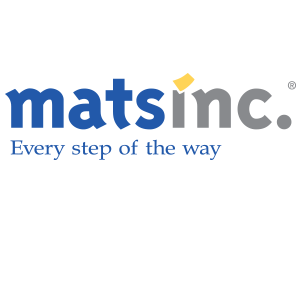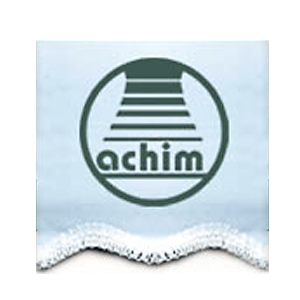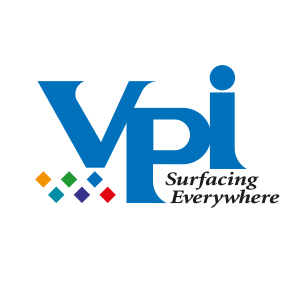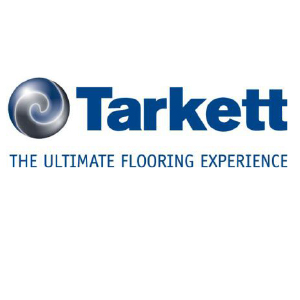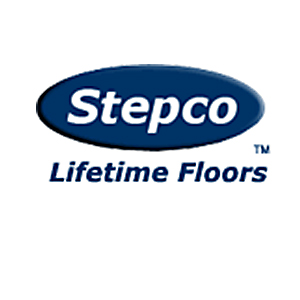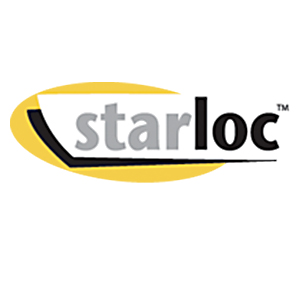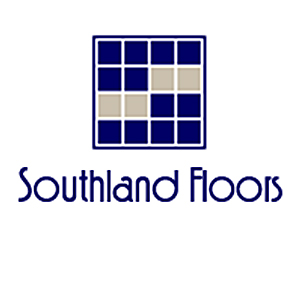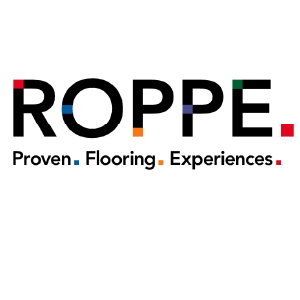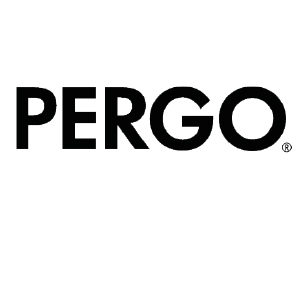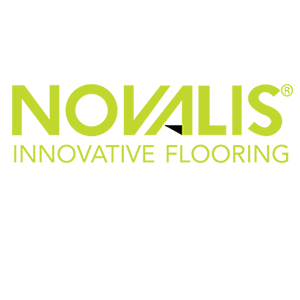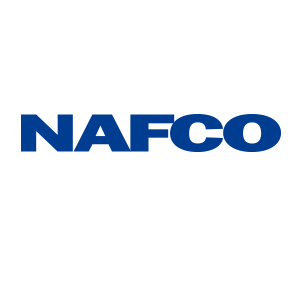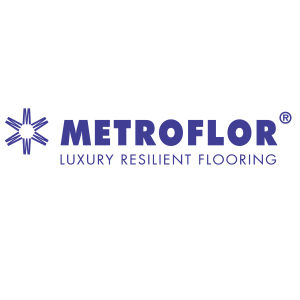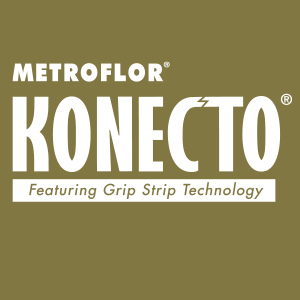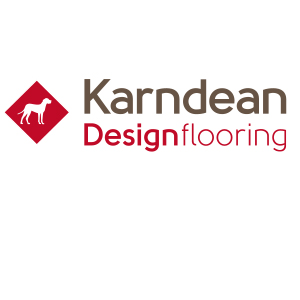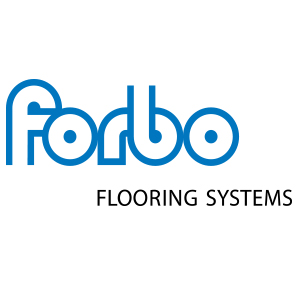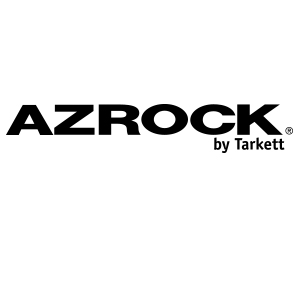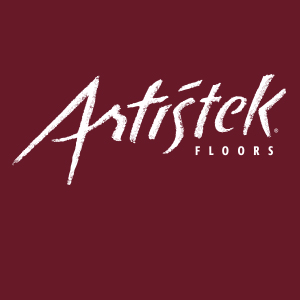- No products in the cart.
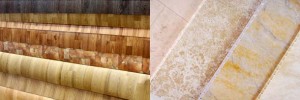 Linoleum is made from natural products and requires more maintenance but is more environmentally friendly than vinyl flooring. Linoleum floors are available in a wider variety of colors. Vinyl is PVC-based, lasts longer, and is easier to install and maintain. Vinyl and linoleum are both resilient types of flooring, in that they have some degree of elasticity.
Linoleum is made from natural products and requires more maintenance but is more environmentally friendly than vinyl flooring. Linoleum floors are available in a wider variety of colors. Vinyl is PVC-based, lasts longer, and is easier to install and maintain. Vinyl and linoleum are both resilient types of flooring, in that they have some degree of elasticity.
Composition
Linoleum is made from renewable materials. It was invented in the mid 1800s when an Englishman noticed a rubbery skin of solidified linseed oil in a can of paint. In addition to linseed oil, linoleum contains pine rosin, wood flour, ground cork dust, mineral fillers, and has a canvas or burlap backing. Dyes and pigments are added to create the color schemes. Linoleum is sold in sheets and tiles.
Vinyl flooring is made from sheets of vinyl, a synthetic product derived from petroleum and other chemicals, felt, fiberglass, and dyes. It can be manufactured in a wide variety of finishes. Sheet vinyl comes in large rolls, but vinyl is available in squares and planks to resemble tiles or hardwood.
Read more at diffen.com
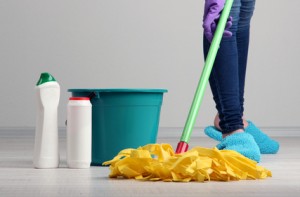 Vinyl is a very popular flooring choice for kitchens and bathrooms because it’s durable, long-lasting, and available in a wide variety of attractive colors and patterns. Unfortunately, you won’t find “always immaculate” or “never grimy” among its positive attributes. Like all floors, vinyl gets dirty.
Vinyl is a very popular flooring choice for kitchens and bathrooms because it’s durable, long-lasting, and available in a wide variety of attractive colors and patterns. Unfortunately, you won’t find “always immaculate” or “never grimy” among its positive attributes. Like all floors, vinyl gets dirty.
The key is knowing how to clean vinyl floors properly and luckily, it’s not very difficult to learn. You can choose from an array of different techniques and tips. With our help, you’ll learn how to clean vinyl floors, as well as how to keep them clean.
- First, you’ll need to remove all of the dirt, dust, and debris sitting on top of the floor. Do this with a vacuum or a broom, whichever you prefer.
- Then, grab a mop. To remove stubborn dirt and leave your floors shiny and clean, you’ll need to use a cleaning product. Vinegar is great if you’re looking for something inexpensive and multi-purpose. Just mix about a cup of vinegar with some hot water (about a gallon’s worth) and you’ve got a simple, disinfecting cleaning solution. You could also use dishwashing soap or a store-bought floor cleaner. Find a cleaning product that will work with your floors (for example, if you have no-wax floors, use a no-wax cleaner). If your floor is waxed, use a gentle cleaner so that you don’t remove the wax coating.
- If you’re having trouble with a particular spot, use a smaller, denser, soft-bristle brush to scrub away the problem. However, steer away from abrasive brushes or steel wool, which can damage your vinyl flooring.
- Finally, rinse your floor to remove any leftover soap.
More tips at grime-scrubbers.com
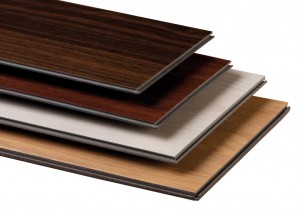 Machinery manufacturer Homag offered this assessment of its sales of flooring machinery.
Machinery manufacturer Homag offered this assessment of its sales of flooring machinery.
SCHOPFLOCH, GERMANY – Another record-breaking year in 2013, ideally positioned at the forefront of future worldwide flooring trends: LVT (Luxury Vinyl Tiles) are now among the most popular floor coverings, and are rapidly closing the gap to the current market leaders tiles, laminate and carpet.
Following a record year in 2007 with an incoming order volume of over 50 million Euro, the flooring team at HOMAG Group Engineering topped this performance with another outstanding year in 2013, registering incoming orders valued at over 60 million Euro. Accounting for the biggest single rise in the figures were sales of double-end profilers for LVT flooring, which almost doubled in comparison to the previous year.
Demand for LVT is booming, primarily in the USA. With a sales increase of over 8% in this market, manufacturers are clearly looking to expand their production capacity. The main trend in the USA is for 3 mm thick material with Click/Loc profile. While the focus in Europe is on high-quality, wear-resistant products in medium batch sizes, in China there is a growing trend towards greater automation and mass quantities. It is here where the greatest number of new LVT production plants is currently being constructed.
LVT is gaining ever greater market shares in all three regions due to the on-going introduction of new products in different strengths, qualities and designs. Whichever method is used – full surface gluing or planks with Click/Loc profile – there are plenty of arguments in favor of vinyl flooring: its excellent hygiene properties, good moisture resistance for successful application in wet rooms, or its good cost-to-performance ratio.
Read more at woodworkingnetwork.com
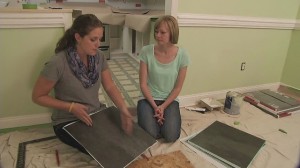 Tile flooring can be really expensive, but we’ve got a solution that packs all the style you want, without the punch to your wallet! Using inexpensive vinyl you can transform dated floor into an expensive, slate-look-alike!
Tile flooring can be really expensive, but we’ve got a solution that packs all the style you want, without the punch to your wallet! Using inexpensive vinyl you can transform dated floor into an expensive, slate-look-alike!
Step by Step for Vinyl Flooring
- We purchased vinyl peel and stick flooring- it’s very inexpensive and available at any home improvement store.
- Vinyl tile usually comes in 12×12 or 18×18 inch squares, but to give it a higher-end feel, we used a straight edge and utility knife to cut it down to rectangular tiles. Using the 18×18 squares, we were able to get 3 6” rectangles from each.
- After our tiles were cut down, we used a measuring tape and chalk line to mark the center point of the floor. To apply this vinyl tile, we just had to peel and stick- it’s like a great big sticker book for adults!
Read more at newsnet5.com
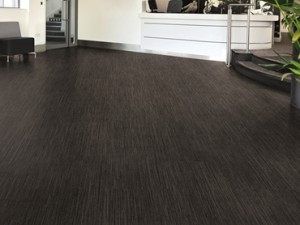 A specialist in luxury vinyl flooring, Karndean Designflooring has introduced brand new wood, stone and textile designs as part of its LooseLay Series Two launch.
A specialist in luxury vinyl flooring, Karndean Designflooring has introduced brand new wood, stone and textile designs as part of its LooseLay Series Two launch.
Karndean LooseLay is an innovative new format of luxury vinyl flooring that’s not only quick and easy to install but simple to maintain.
Designed with convenience and style in mind, the new LooseLay Series Two vinyl flooring collection features six on-trend wood tones, two stunning stone designs and two unique textile tiles available in large planks (1050mm x 250mm) and tiles (500mm x 610mm).
Being quick and easy to fit, the large scale planks and tiles in the Karndean LooseLay range translate into reduced downtime and installation costs. It can be installed over most hard floors as long as they’re smooth, sound and dust-free.
Read more at infolink.com.au
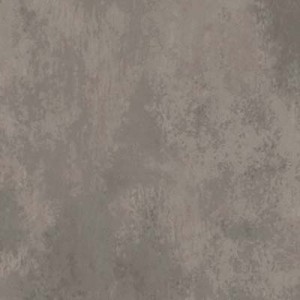 A nice article on how linoleum floors are coming back in trend.
A nice article on how linoleum floors are coming back in trend.
Trends come and go, but as we well know, they tend to come full circle. This is as true with flooring as it is with fashion. That’s why, when we buy a house, many of us remove the carpet to expose the original hardwood flooring. Meaning hardwood was in, then carpet was popular, then hardwood became the flooring to have again. Today, there’s a new comeback kid in flooring: linoleum. Popular in the 1950s, it was replaced by vinyl in the 1960s, but today linoleum has been experiencing a revival as people discover that it possesses the following benefits:
Environmentally friendly—Linoleum is made from renewable, all-natural materials including linseed oil, cork, wood flour and natural pigments. It’s biodegradable and recyclable; it also contributes to good air quality and contains no toxic VOCs (volatile organic compounds).
Versatile designs—Linoleum comes in over one hundred colors and many styles, from sheet goods to tiles to even click flooring for the do-it-yourselfers. If you want to add an even more personal touch, linoleum tiles can be arranged in any pattern you desire.
Easy maintenance— Linoleum is antistatic, meaning it repels dirt and dust, making it not only easy to clean but also hypoallergenic, as it naturally inhibits the growth of germs and microscopic organisms. It’s a great flooring choice for kitchens because spills can easily be mopped up without harming the flooring. Regular maintenance is also easy because surface dirt can be removed by vacuuming or with a damp mop.
Read more at gtweekly.com
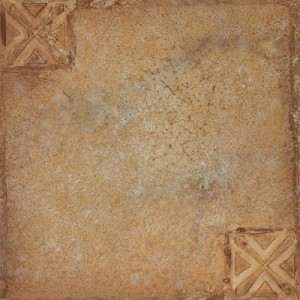 Bubblews has a nice “how too” article on how to measure the necessary vinyl floor tiles needed to surface a zone.
Bubblews has a nice “how too” article on how to measure the necessary vinyl floor tiles needed to surface a zone.
Vinyl floor tiles, especially the self-stick variety are a relatively inexpensive way to recover a floor and a very easy DIY project! How do I know? Because I’ve done it! I redid our entire kitchen floor. Granted, I did take a few shortcuts, like leaving the existing vinyl sheeting down beneath it, but for us, it worked. I’m not here to tell you HOW to lay vinyl tile, however, for which you should thank me profusely. What I want to tell you about today is how to measure a room and then determine how much of this spiffy, sticky tile you will need to complete your project.
Again, gather your paper, your pencil and your tape measure and follow me:
If a room is wide open, with no existing cabinetry or toidy in the way, do this:
1. Measure the length and convert to feet. (# of inches/12). Round UP to the next whole number.
2. Measure the width and convert to feet, again rounding up.
3. Multiply these two numbers. This is your square footage.
Vinyl tile is sold in cartons, cartons which cover a certain amount of square footage. So, to figure out how many cartons you will need:
1. Divide the square footage of the room by the square footage per carton. This number tells you how many cartons you will need.
Read the rest of the steps at bubblews.com
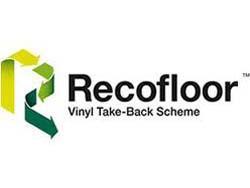 Floor Daily publishes a news that Recofloor, the vinyl flooring recycling program, will be honoring its “champions” at its 2014 annual awards event March 12, with nominees being selected in eight categories.
Floor Daily publishes a news that Recofloor, the vinyl flooring recycling program, will be honoring its “champions” at its 2014 annual awards event March 12, with nominees being selected in eight categories.
Since its 2009 inception, Recofloor has collected 1,644 tons of smooth offcuts, smooth uplifted vinyl and safety offcuts for recycling back into products, such as new flooring.
Founded in 2009 by flooring manufacturers Altro and Polyflor, Recofloor is the UK’s award-winning national vinyl flooring recycling program that works with the entire supply chain to divert vinyl flooring waste from landfill.
Material collected by Recofloor’s 510-plus membership is recycled back into products, such as new flooring, which benefits the environment and significantly reduces collectors’ waste disposal costs.
Read more at floordaily.net
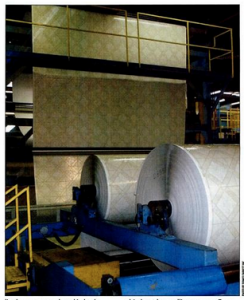 A very interesting article on how vinyl floors are made, originally published in the December 2002 issue of Popular Mechanics.
A very interesting article on how vinyl floors are made, originally published in the December 2002 issue of Popular Mechanics.
Who isn’t charmed by the rich warmth of a polished hardwood floor? And when it comes to bathroom elegance, it’s difficult to pass up real ceramic tile. Living room luxury? It’s wall-to-wall for most. All of these flooring solutions have their place. But, if you want to be practical too, there’s an essential alternative you shouldn’t leave out—plastic.
That’s right. Covering your floor with plastic—just like homeowners have been doing for the past 40 years—is the low-maintenance, high-performance solution to just about any well-trodden area. Of course, we don’t call it plastic flooring, we call it vinyl flooring. And if you think it sounds bland, utilitarian and just a little too industrial, it’s time to take a closer look. Today, there are vinyl flooring options for every budget, every decor and every taste. The key to all the variation is in the manufacturing process.
Step 1: Vinyl Basics
Vinyl flooring is made of polyvinyl chloride (PVC), with various compounds added to tailor the material’s characteristics such as color, flexibility, hardness and sheen.
The primary element in vinyl flooring is a simple vinyl sheet. To produce this, manufacturers suspend the vinyl in a liquid, creating a mixture that can be spread into a thin layer by a rolling process. From here this plastisol, or liquid plastic, coat is dried through an application of heat and air that fuses the material into a tough, durable sheet.
Vinyl sheets produced in this manner can then be cut into 6-, 9- or 12-in. squares to create solid vinyl tile. This type of vinyl flooring is called homogeneous because the material and any decorative elements are the same from top to bottom. Vinyl composition tile (VCT) is a variation of solid vinyl tile with synthetic fillers and binders. Solid tile typically has a satin finish that requires periodic buffing or waxing to keep it looking new. Because the color and decorative elements extend through the tile, they don’t wear away with heavy use.
Read all the steps at instructables.com
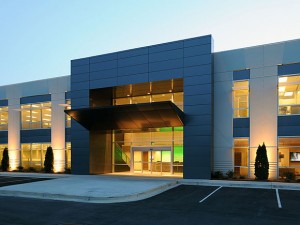 IVC US announced today it will expand its production of fiberglass sheet vinyl to a 24-hour operation, seven days a week, at the company’s Dalton, Ga., plant, starting March 1.
IVC US announced today it will expand its production of fiberglass sheet vinyl to a 24-hour operation, seven days a week, at the company’s Dalton, Ga., plant, starting March 1.
“The fact that we are able to fully utilize our investment just three years after our startup to elevate our manufacturing operations to a 24/7 model I believe speaks volumes,” said Xavier Steyaert, Co-CEO, IVC US. “This could not have been accomplished without the meticulous dedication from our operations and manufacturing management teams and the tireless work and commitment from our entire IVC US staff.”
IVC US currently supplies the entire North American market with its fiberglass sheet vinyl. The Dalton plant boasts the longest sheet vinyl line in the world and the most advanced technology and machinery available.
IVC Group was founded in 1997 in Avelgem, Belgium. In 2004, IVC US was incorporated to service the United States and North American markets, and in 2011 IVC opened its first U.S. manufacturing facility and new corporate headquarters in Dalton, Ga.
The location wasn’t known until recently, however. The company was wooed with incentives by cities in several states before deciding to build on its investment in Dalton, where it reportedly received tax breaks worth $3.5 million on its existing facility.
North Georgia is considered the home of U.S. flooring production and several companies are investing in the fast-growing market of LVT, which replicates the look of hardwood planks, mosaic tile and stone.
Shaw Industries Group Inc. recently announced plans to get out of the area rug business, retool its plant in Ringgold, and reopen it as a vinyl plant in early 2015. And Mannington Mills Inc. is doubling the size of its LVT facility in Madison.
IVC boasts that its Dalton plant has the longest sheet vinyl line in the world to supply the North American flooring market, which it expects to garner more of with the LVT plant.
IVC US confirmed Wednesday it will build an $80 million luxury vinyl plank and tile plant in Dalton at the site of its existing vinyl plant.
Greater Dalton Chamber of Commerce President Brian Anderson said the plant is expected to create 150 to 225 jobs over three years.
Construction of the plant is expected to start this spring, and the plant is forecast to be fully operational by the first quarter of 2015.
For more information, see Daily Citizen.
